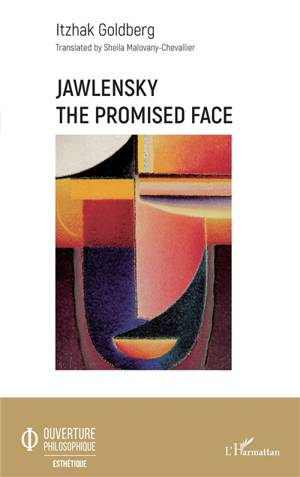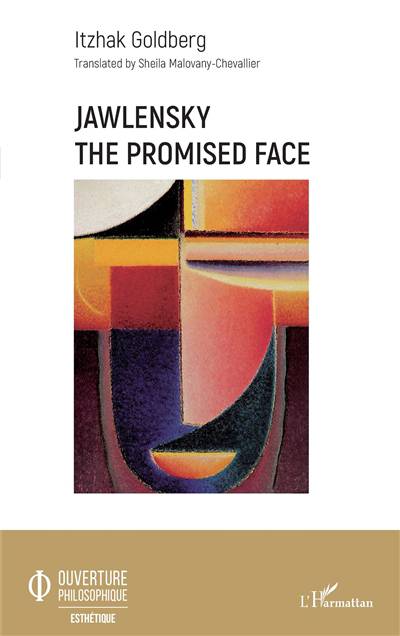
- Retrait gratuit dans votre magasin Club
- 7.000.000 titres dans notre catalogue
- Payer en toute sécurité
- Toujours un magasin près de chez vous
- Retrait gratuit dans votre magasin Club
- 7.000.0000 titres dans notre catalogue
- Payer en toute sécurité
- Toujours un magasin près de chez vous
Description
Jawlensky the promised face
The whole issue of the face is central to the work of Alexei von Jawlensky (1864-1941), this Russian painter who emigrated to Germany. His work hovers between figurative and abstract representation of the face as if there were a fundamental incompatibility between this last vestige of representation and the demands of non-figuration. It offers another viewpoint on modernity, redefining its stakes and terms.
How is it that a contemporary painter managed to devote virtually all of his production to the face ? Why did this painter, who should have subscribed to abstraction, considering his artistic environment and use of the serial technique, never become more than a « fellow traveler » of abstraction ? How could he, in the 20th C, choose for his work's paradigm such a traditional form as the icon ? The three terms, abstraction, face, and icon, were closely intertwined in Jawlensky's work. The main one is the icon whose major importance resides in theological considerations. Poised between the visible and the invisible, the icon offered Jawlensky the possibility of working at the margin of both the figurative and the abstract and being part of tradition but also renewing it. Jawlensky exemplifies the artist who participated in modernity without belonging to it, and experienced the frontiers between expressionism and fauvism, figuration and abstraction, face and icon.
Jawlensky's artistic quest achieved what art history considers an impossibility : the abstract face. This generously illustrated book illuminates a body of work isolated within the avant-garde and explores the terrain in which it grew.
Spécifications
Parties prenantes
- Auteur(s) :
- Editeur:
Contenu
- Nombre de pages :
- 276
- Langue:
- Anglais
Caractéristiques
- EAN:
- 9782343207049
- Date de parution :
- 24-08-20
- Format:
- Livre broché
- Dimensions :
- 140 mm x 220 mm
- Poids :
- 385 g

Les avis
Nous publions uniquement les avis qui respectent les conditions requises. Consultez nos conditions pour les avis.






